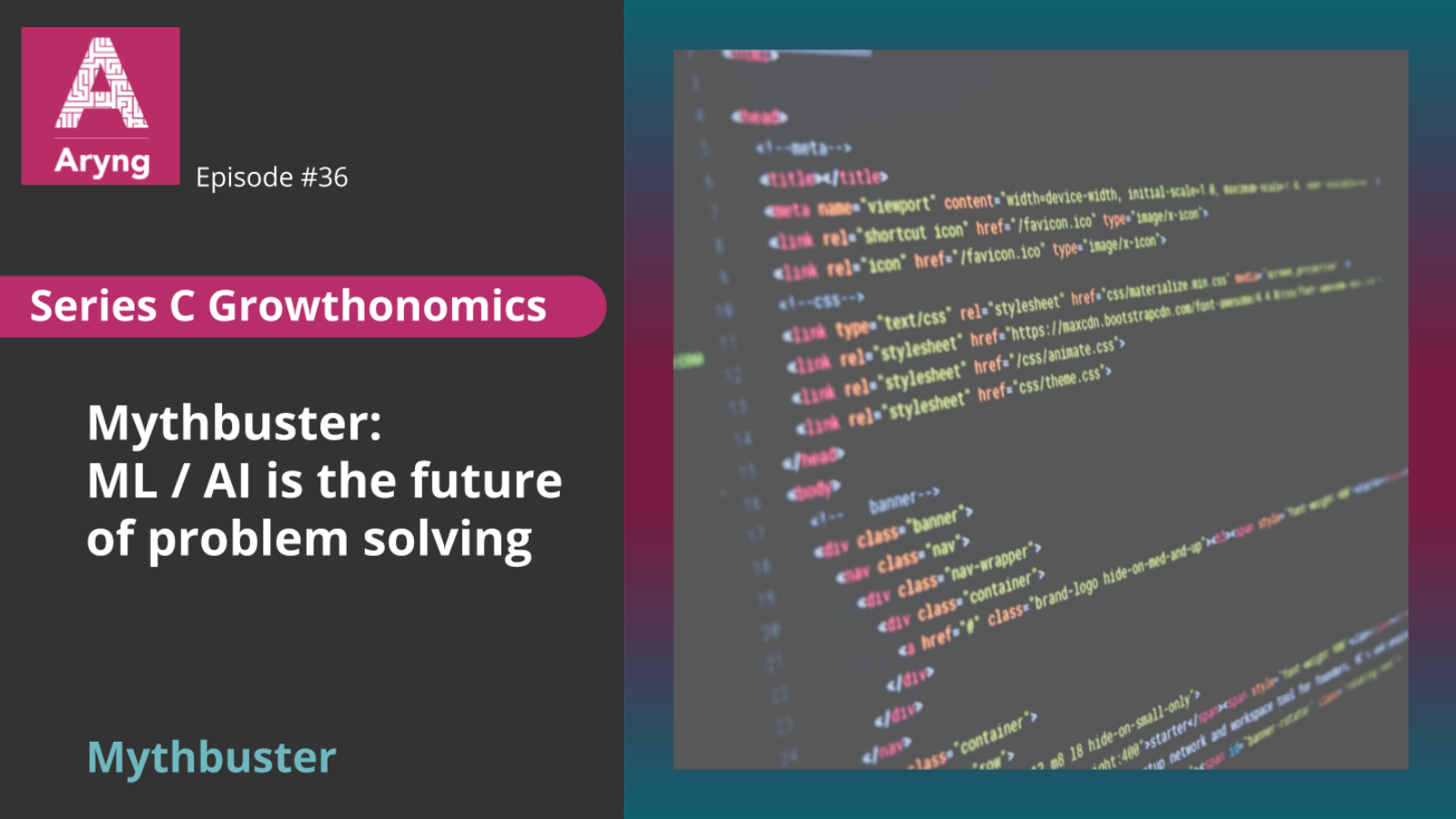Machine learning holds the key to solving many industry problems currently, but it’s not the only tool for the future. As long as you have simple techniques for a problem that you’re solving, machine learning is not necessary. This is important to know because most people think that AI/ML will be the solution to all of their business problems, but in reality, it’s only going to be useful in a small percentage of those cases.
Most of the Problems are Solved by Simple Techniques
In the world of Machine Learning and AI, there is a lot of talk about a future where machines will solve all our problems for us. This is often accompanied by a lot of hype and excitement about what this means for the future of society.
The truth is that most of the problems we face are solved with simple techniques such as correlation analysis, sizing, etc., but regardless of what technique you are using, the key factor is the fundamental problem-solving skills that an analyst possesses.
Now, what is effective problem-solving? When an analyst is given a big business problem, they are expected to break them into smaller pieces. This often helps to identify where the true problem lies and also to list all the possible solutions to each of them. Not only that, it will be helpful in figuring out the next plan if the current one fails and understanding the stakeholders better to provide them with the best solutions sooner.
Our Problem-Solving Framework: BADIR
We have a problem-solving framework called BADIR and it is the result of a year’s worth of research in the field of business analytics, and it provides a structure for understanding and solving problems within organizations.
The BADIR model consists of four parts:
- Business Question – This is the question being asked. For example, “How many new customers do we need to sign up for in order to reach our revenue goal?”
- Analytics Plan – This is a detailed plan that defines how you will collect data and prepare for analysis. For example, “We will use survey questions to get information about customer preferences.”
- Data Collection – This step involves collecting relevant data from various sources, such as customer surveys or internal reports. In this case, we will use an online survey that can be completed by multiple people at once.
- Insights Extraction – This step involves extracting insights from the data collected during steps 1 through 3 above. In our example, we would extract information about which features (elements) customers most like about our product and which features they least like about our product (if any).
- Recommendations Making – This step includes making recommendations based on insights extracted during the steps.
Simple Solutions Leads The Way
Hence, the myth that AI/ML is the future is countered as most problem-solving methodologies only require critical thinking, an easy-to-follow framework, and simple logic. So investing in AI/ML tools and expecting them to solve all your problems seems to extend far into the future, nor will be reliable. But by hiring individuals with critical thinking skills and adaptability to the framework that is used, 99% of the problems would be solved.


Add a Comment